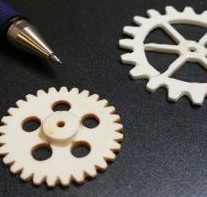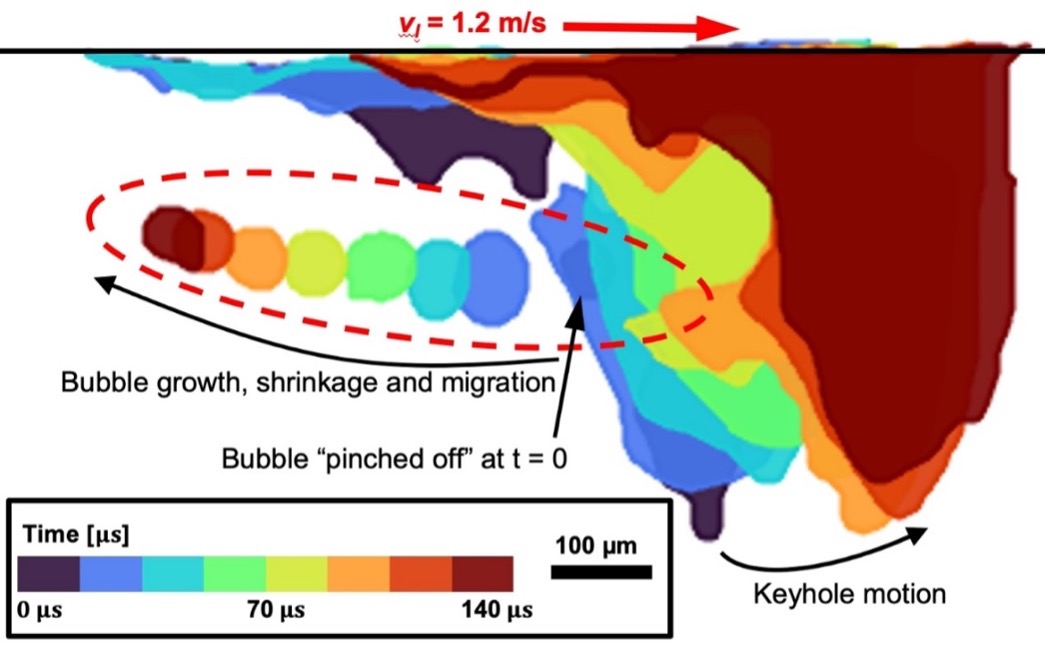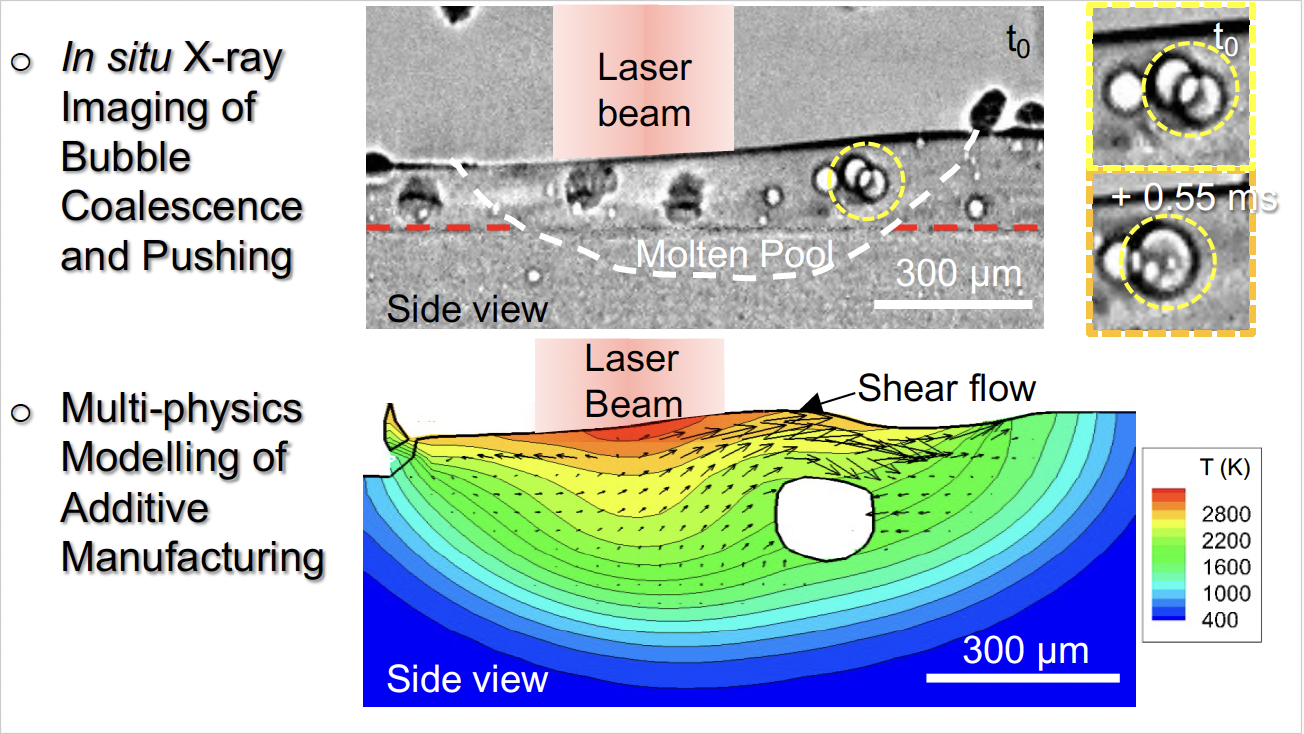All Publications /
Publications:
3D Printing Bioinspired Ceramic Composites
06 / 10 / 17
Paper: 3D Printing Bioinspired Ceramic Composites
Publication:Scientific Reports 7.1 (2017)
Authors: Ezra Feilden; Claudio Ferraro, Qinghua Zhang, Esther Garcia-Tunon, Eleonora D’Elia, Finn Giuliani, Luc Vandeperre, Eduardo Saiz.
The complex internal structures of natural materials such as bone, wood and mother-of-pearl give them resistance to cracks and fracture.
Replicating these structures with traditional manufacturing methods is impossible, but this research demonstrated that robocasting can be used to produce bio-inspired structures in a reasonable timeframe.
Robocasting, in which a paste is extruded through a computer-controlled nozzle, building up objects layer by layer, can be used to ‘print’ with a wide range of materials, including graphene, bioactive materials, ferroelectric materials, and ceramics.
Sub-micron additive manufacturing offers a high level of control but is a slow process that is impractical for manufacturing larger objects. A technique is needed which combines sub-micron scale structural control with macroscopic printing speeds. Robocasting is a strong candidate to achieve this goal.
It can be used to build ceramic-based composite parts with a range of geometries, possessing microstructures unattainable by other production technologies.
To demonstrate the versatility of the approach the researchers fabricated highly mineralized composites with microscopic Bouligand structures that deflect crack propagation in three dimensions - retaining strength while enhancing toughness by using strategies taken from crustacean shells.
A key feature of these experiments was the high percentage of ceramic material in the printed objects, achieved using alumina platelets. The researchers controlled both the composition of the ceramic paste and the shear forces in the nozzle and used X-ray tomography on the I13-2 beamline, at Diamond Light Source, to quantify platelet alignment in the nozzle.
Robocasting was used to build ceramic scaffolds with complex shapes - in practical times and sizes. Their architecture can be used to direct crack propagation with a degree of control not currently possible using other approaches.
This paper shows new possibilities in the control of fracture, enhancing toughness and defect tolerance while maintaining a high specific strength, of interest to a wide range of industries from aerospace to automotive.
Further work will focus on exploring other material combinations, further toughening strategies and decreasing the characteristic microstructural dimensions.

Click here to view the paper.
More:
Publications
-

-
X1 Case Study B (UCL)
Impact of powder oxidation during additive manufacturing
Investigators: Prof Peter Lee
Researchers: Prof Chu...

